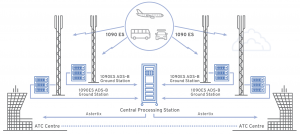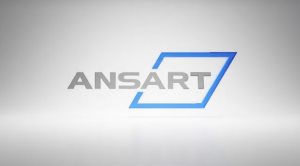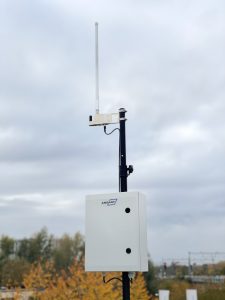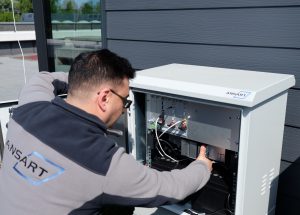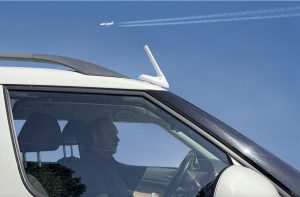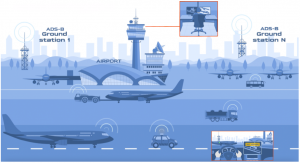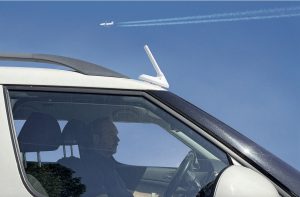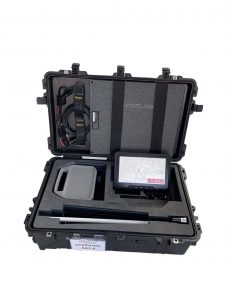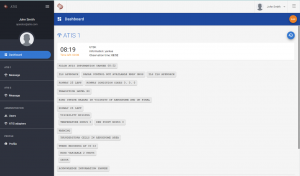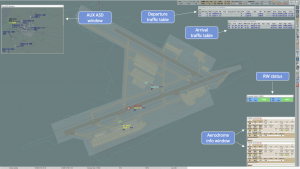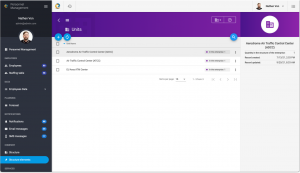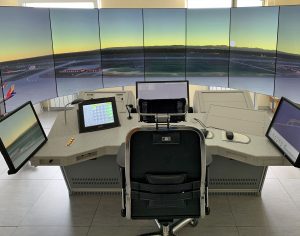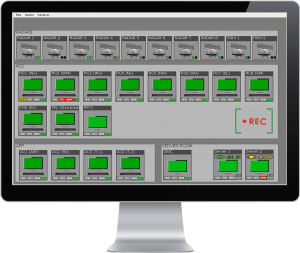Extended ADS-B ground system MLAT ready
| Company | Ansart |
|---|
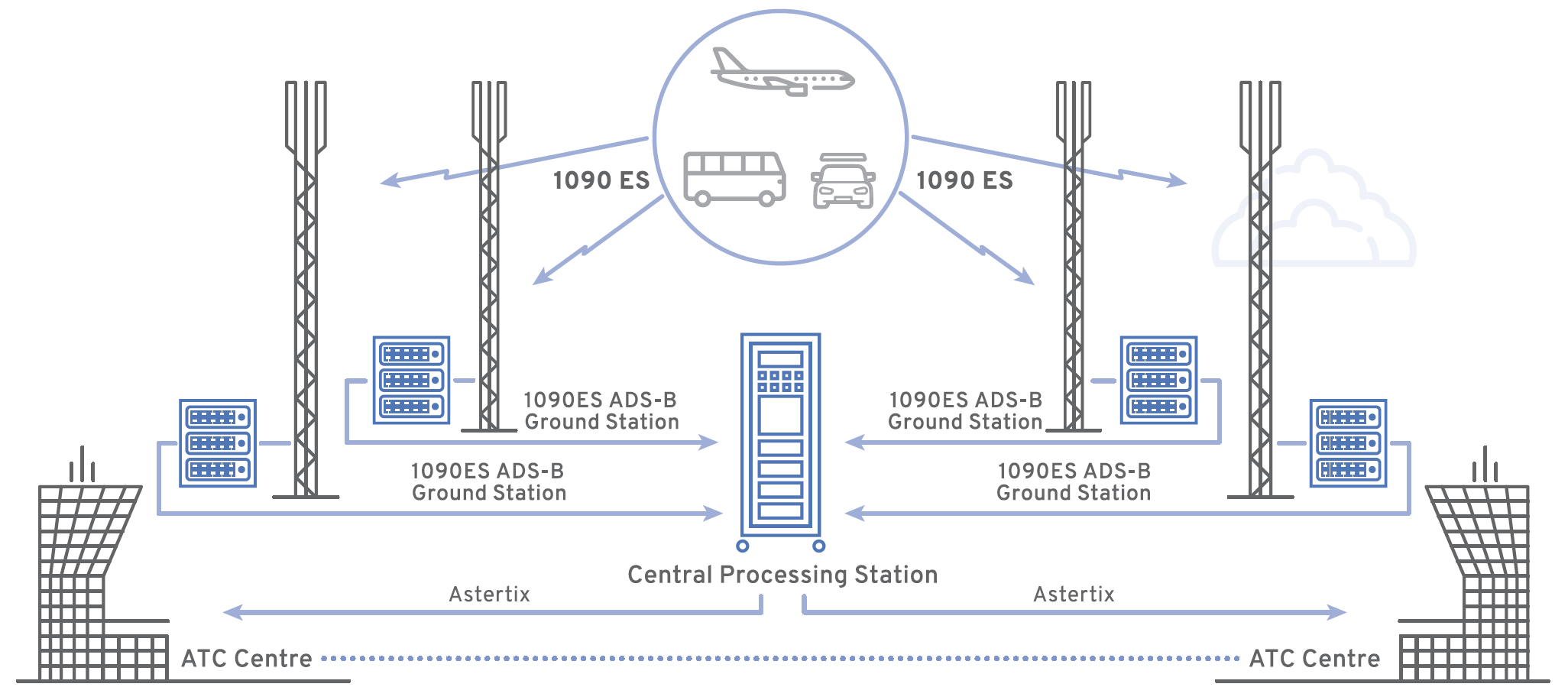
Images
Purpose
ADS-B Ground System is a scalable versatile cooperative surveillance solution intended for various applications.
Depending on the configuration, the system can be used as:
- Source of ADS-B surveillance data for Air Traffic Management needs (for ACC/APP/TWR Air Traffic Services units)
- Source of ADS-B data for Advanced Surface Movement Guidance and Control Systems (A-SMGCS)
- Complete Airport Ground Movement Display solution
- Airport Vehicle Tracking System
- Complete Air Situation Display solution for Mobile Towers or low/medium traffic ATS units
- Source of surveillance data for third-party user software via API and DataStream.
Key features
- Dual-band ADS-B / UAT / FLARM receivers
- Scalability from a single sensor system to a multi-sensor distributed surveillance system
- MLAT-ready ground stations
- Very high data update rate compared to traditional radars
- Flexibility to tailor performances and functions to meet any customer needs
- Field-proven coverage simulation software to ensure proper ground stations layout
- Wide use of COTS components
- Situational awareness by the presentation of surveillance of high accuracy and integrity (Traffic Situation Display)
- Build-in recording and playback capabilities on all levels of the system
- Robust system design to ensure high system availability
- Industrial-grade components to withstand extreme climatic conditions
- Maintenance-free system
- Low life cycle costs
- Support for standard ASTERIX data formats and Customer-specific formats.
System components
ADS-B Ground System as a modular and expandable open system can be tailored to Customer needs (environmental conditions, required coverage, redundancy level, traffic capacity, functional features, etc.).
The following five basic constituents build a complete surveillance solution:
- ADS-B ground station(s)
- Traffic Situation Display(s) (TSD)
- Control and Monitoring subsystem (CMS)
- Central Processing Station (CPS)
- Vehicle Tracking System (ADS-B transmitters)
The number of ground stations and Traffic Situation Displays, Central Processing Station capacity, related auxiliary subsystems and components may vary depending on the required configuration.
System operation
ADS-B Ground System offers surveillance services based on the 1090 Extended Squitter reception technique (with UAT or FLARM options as a second RX channel). Aircraft (or ground vehicles) equipped with appropriate transponder periodically broadcast information about their movement. The ADS-B ground station receives these broadcasts, which contain information about the aircraft’s current position, altitude, velocity, callsign, etc.
The Central Processing Station transmits the decoded data as ASTERIX messages over the network to ATC surveillance applications and/or Traffic Situation Displays.
TSD can be used as an integral part of technical Control and Monitoring function or can be scaled to a dedicated Air Situation or Ground Movement Display System intended to provide situational awareness for various stakeholders.
TSD provides users with a full dynamic view of the traffic situation, showing area maps and target labels with the identification, position and other information regarding aircraft and ground vehicles as target symbols. It provides textual and graphical information available for presentation in various windows according to the functional tasks to be carried out by the users.
The system is developed in accordance with a spectrum of requirements of the International and European Standards, Regulations, Specifications and Guidelines and meets one of the key A-SMGCS requirements – improvement of the surveillance function, namely, ensuring the identification and provision of accurate positional information about all types of traffic on the movement area (airfield), including the runway.
Together with Ansart’s vehicle transmitter, it forms a comprehensive cost-effective solution for airport traffic monitoring, identifying potential conflict situations (Safety Nets) and contributing to reducing the risk of runway incursion.
Compliance
- Regulation (EU) 2018/1139, (EU) No 1028/2014, (EU) No 1207/2011
- ICAO: Annex 10, Annex 11, Doc 4444, Circular 311, Doc 9871.
- EU directive: 2014/30/EU, 2014/35/EU, 2014/53/EU, 2012/19/EU, 2011/65/EU
- EUROCAE: ED-102B, ED-109, ED-117, ED-126, ED-129B, ED-142, ED-153, ED-159, ED-160, ED-161, ED-163,
- RTCA: DO-260C, DO-303, DO-312, DO-314, DO-318, DO-321,
- EUROCONTROL ET1.ST05.2000-STD-12-01, SUR.ET1.ST05.2000-STD-16-01.
Technical Specification
| Coverage:
a) detection range b) detection height c) azimuth |
Up to 250 nm / 460 km at least 0… 20,000 m 0 to 360° |
| Type of detected traffic:
|
1090 Extended Squitter
UAT or FLARM (option) |
| Time synchronization | GNSS |
| Absolute error of the target report reception time | not more than 25 msec |
| In case of loss of synchronization, the time accuracy is maintained for | at least 30 minutes; |
| Data update rate (depending on the type and position of aircraft and ground vehicles) | 0,5…10 sec |
| Data output modes | Periodic
Data Driven |
| Data output formats over UDP/IP/Ethernet
|
ASTERIX cat. 021
ASTERIX cat. 023 ASTERIX cat. 247 Any ICD upon request |
| Data recording (archiving) and playback | for at least 1 month |
| Ground Stations power supply | 85 – 300 VAC
Option: 12…48 VDC |
| Ground Stations battery runtime | 60 … 240 minutes, depending on the battery |
| Operating conditions (for outdoor ground stations)
a) ambient air temperature b) air humidity c) precipitation |
from -40°С to +60°С up to 98% at 25°С rain, snow, dew, rime ice |
| Outdoor enclosure Ingress Protection rating | up to IP66 |
| Redundancy options for ground stations
|
Non-redundant (single)
Redundant (dual) |
| Reliability, Availability, Maintainability
a) Service life b) Mean Time Between Failures (MTBF) c) Availability d) Mean Time To Recovery (MTTR) |
15 years at least 40 000 hours 0,99999 not more than 15 min |

